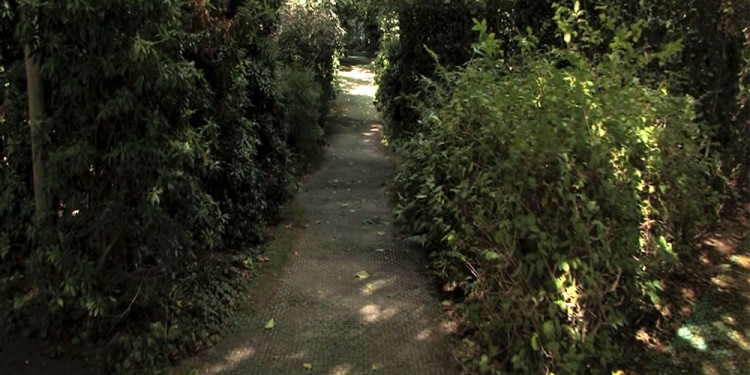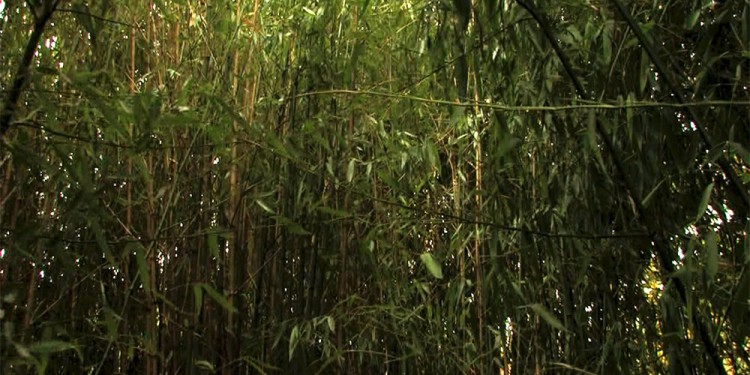Carolina Andrea Saquel Martínez was born in Concepción (Chile) in 1970. She earned a Bachelor’s degree in Arts from the Pontificia Universidad Católica de Chile and a Master’s degree in Arts from the University of Paris VII. From 2000 to 2003, she was professor instructor of the course on Methodology of Research, School of Arts, Universidad Católica of Santiago, Chile. Her artistic practice deals mostly with installations, graphic art, photography and, above all, video. She participated in several solo and group shows, including various editions of the Video and Electronic Art Biennial held at the Museum of Contemporary Art in Santiago, Chile (1999, 2001, 2003 e 2007); Handle with care at the MAC in Santiago (2007); La catástrofe es amarilla (Catastrophe is Yellow) at Espai 13 of the Fundació Joan Mirò, Barcelona (2007).
– title: Reconstruction du jardin délectable
– date: 2008
– medium: video
– size: 9’48”, colour, sound, loop
– description: Reconstruction du jardin délectable was presented at Casa Masaccio on the occasion of the exhibition entitled L’evento immobile. Apparizioni (2012), curated by Cristiana Collu, Saretto Cincinelli, and Alessandro Sarri. The exhibition tabled the opportunity to tackle one of the most traditional literary topos, i.e. the Annunciation, exploring in particular the place that witnessed a specific event – a garden in this case – in the impossible feat of binding forever a place where an event took place to the event itself. Saquel’s video was conceived in the framework of an investigation on perspective, on the point of view and stance of a viewer in relation to what is being observed and perceived. As if it were an eye detached from a body, the video camera moves forward along a space that seems endless. It is a garden, or perhaps a forest, that from time to time unveils hidden corners; a sort of a maze that each time takes on new features thanks to the perpetual movement of the video camera in a continuous shifting between the image and what is outside it, between vicinity and distance, between what we hope to grasp in the image and what will always remain concealed.

